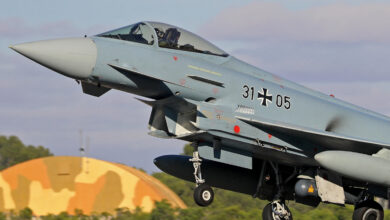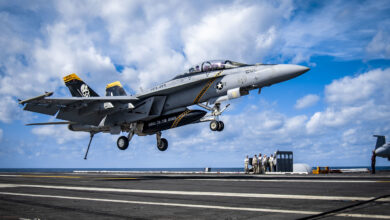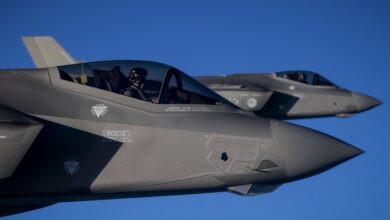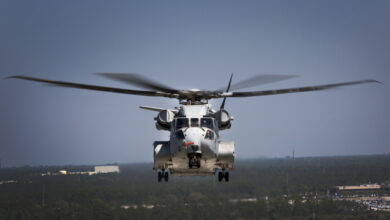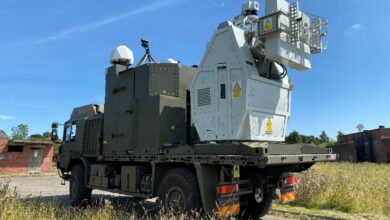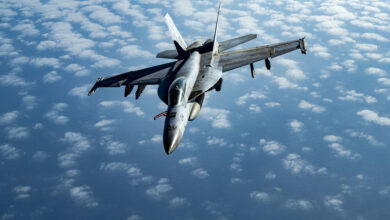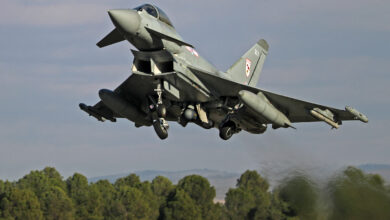The US Navy has approved the prototype design of an electronic warfare (EW) modernization initiative for the service’s F/A-18 Hornet and Super Hornet fighters.
Led by L3Harris Technologies, the outfitting project seeks “next-generation” electronic warfare capabilities to address modern countermeasures and radar requirements.
The contract for the prototyping effort was awarded to the company in November 2023 and is valued at $80 million.
Follow-on development and production are expected to run until 2026.
Open Modular Systems Design
According to L3Harris, the EW solution incorporates support measures and an attack system to scan threats in “all relevant radio frequency bands.”
The company utilized an open modular systems design for the platform to enable the integration of other compatible technologies in the future.
Currently, L3Harris is engaged with a similar project to equip the US Navy’s existing F/A-18s with a self-protection jammer.
Supersonic Jets
The F/A-18 Hornet fighter jet measures 17.1 meters (56.1 feet) and has a wingspan of 12.3 meters (40.4 feet).
It has a maximum speed of Mach 1.8 (2,222 kilometers/1,381 miles per hour) and can reach altitudes up to 15,000 meters (50,000 feet).

Meanwhile, the F/A-18E/F Super Hornet has a length of 18.31 meters (69.1 feet) and a wingspan of 4.88 meters (16 feet).
It can reach Mach 1.6 (1,975 kilometers/1,227 miles per hour) and has a service ceiling of 15,940 meters (52,300 feet).
Both can be armed with rotary cannons, air-to-air and air-to-surface missiles, anti-ship warheads, explosives, guided bombs, and decoy systems.
Expanding Naval Strike Fighters
L3Harris’ F/A-18 EW design approval follows a contract in March ordering additional Hornets and Super Hornets for the US Navy.
Signed with Boeing, the $1.1-billion deal will be delivered alongside a technical data package and sustainment services for the aircraft.
In December 2023, industry partner Raytheon received a separate $80-million contract to manufacture an EW prototype for the fleet.




